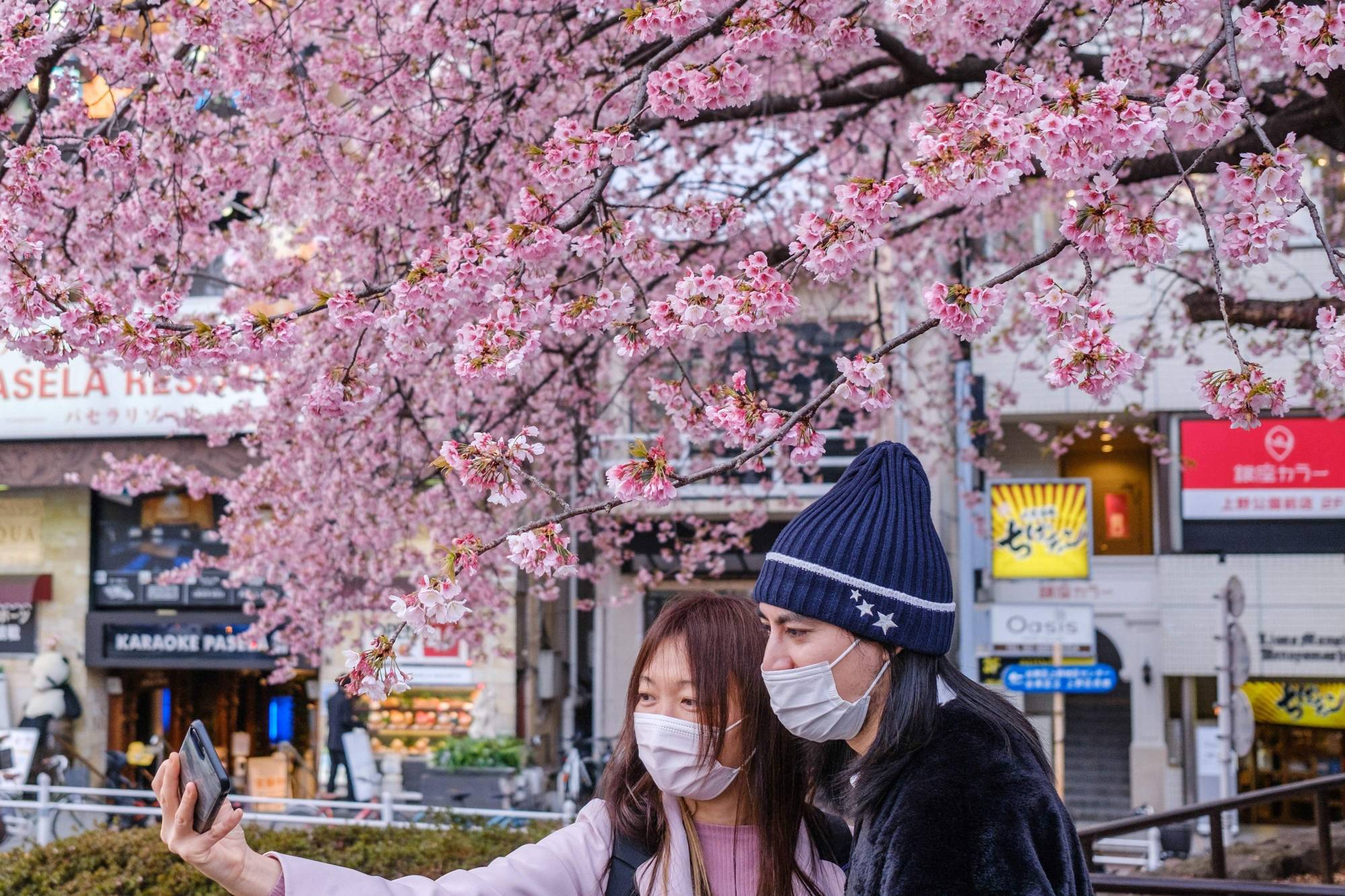‘Tis the season for hanami once again, with people across Japan looking to admire cherry trees' pale pink petals and celebrate the spring season with family and friends.
This year, Sunday marked the start of the cherry blossom-viewing season in Tokyo, coming just before the final day of COVID-19 quasi-state of emergencies in the capital and 17 other prefectures on Monday.
But even though the quasi-emergency measures have been lifted, between 20,000 and 40,000 daily new coronavirus cases have been reported nationwide in recent days, prompting many people to wonder whether they are allowed to go out and enjoy the cherry blossoms, and if so, to what extent.

















With your current subscription plan you can comment on stories. However, before writing your first comment, please create a display name in the Profile section of your subscriber account page.